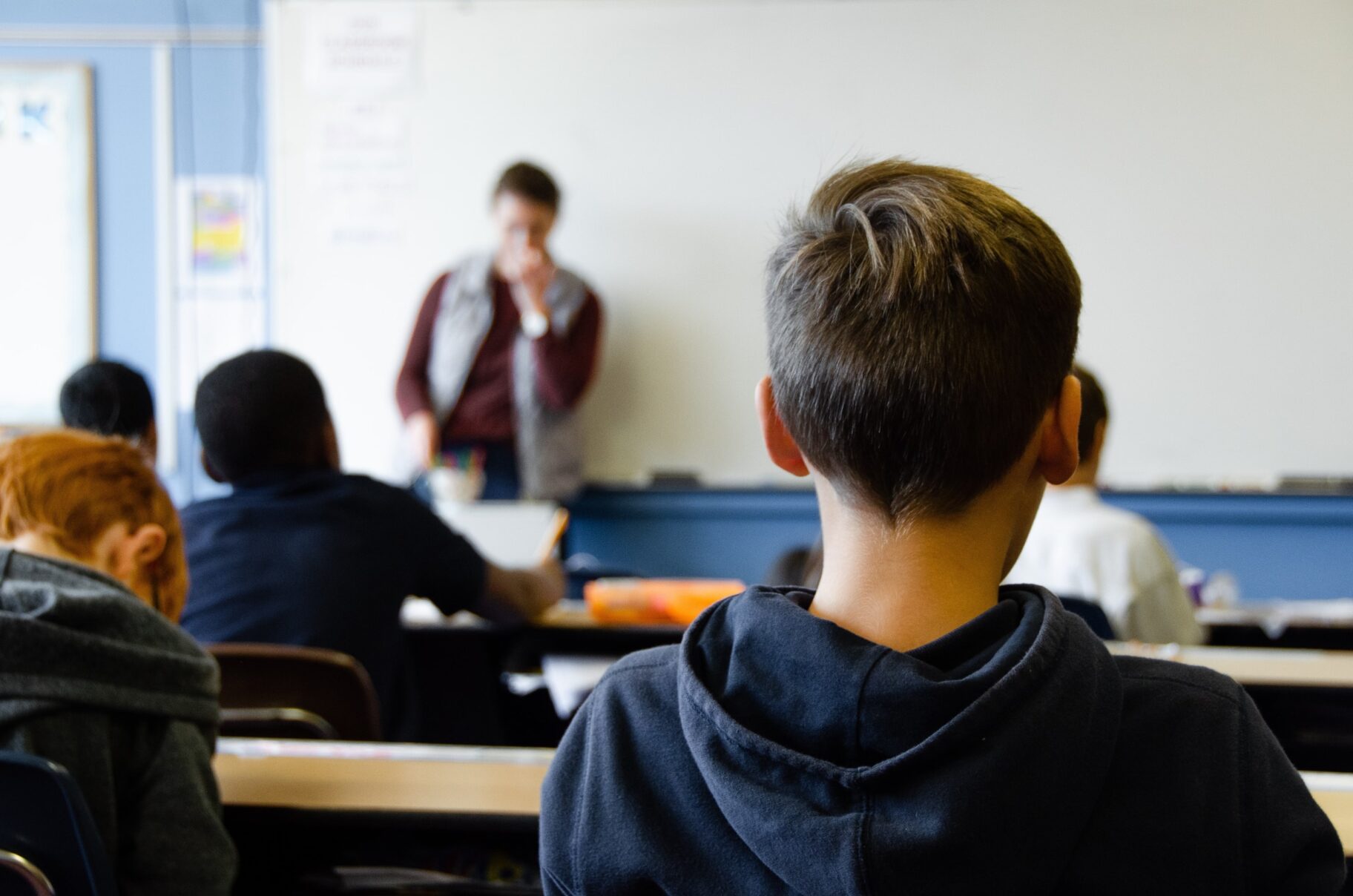

Ahead of Children’s Mental Health Week 2022, Debbie Woodliffe shares how we, as teachers, can look out for children who are struggling with their mental health and what we can do to help and support them and their families.

Children come to school with a variety of needs. Often it’s for more than just a quality education – it’s for guidance, socialisation, and even having a nutritious meal. Supporting their mental health is also just as important as any other aspect, so in advance of Children’s Mental Health Week 2022, let’s take a look at:
Keep reading as we explore ways teachers can support their students at school…
How to spot the symptoms of depression and mood disorders in students
As a teacher, you know that every child is different and has a unique way of tackling challenges, and it is much the same with mental health. Whilst adults find it easier to rationalise and verbalise their thoughts and feelings, children don’t always know they are having mental health problems in the first place.
Whilst it is hard to know for sure before speaking to your student, keep an eye out for signs such as:
With extra pressure from the pandemic and the busyness of day-to-day life, as a teacher and objective observer, you might spot these signs earlier than parents in some instances.
How teachers can support children struggling with mental health issues
As a teacher and a trusted adult, you have a unique opportunity to be able to provide support and guidance to your students that are having difficulties with mental health. Your school likely has a policy in place that can provide guidance on what do to for a child going through a mental health crisis and you should raise concerns with relevant staff members.
With that being said, there are still things you can do in the meantime whilst you pursue obtaining professional support (such as counselling, talking therapies or other relevant interventions) for your student.
With mental health issues, it is common to see people turn their focus inwards and ruminate on negative thoughts and feelings. One of the best things you can do to help students in this instance is to try and keep them engaged with classes and activities. If you have a young student struggling with mental health issues, day-to-day things you can try include:
If you feel out of your depth at any point, if you suspect something else might be going on, or have concerns about child welfare, you must report this to the headteacher and/or child services’ Local Authority Designated Officer (LADO). Your school will be able to support and guide you with this procedure.
How to safeguard students and tackle peer-to-peer issues like cyberbullying
Sometimes it’s mental health issues in children are caused by peer-to-peer interactions. Things like self-image and struggling to fit in, or even bullying or harassment are commonplace.
It can be tricky to identify these in the modern world as it often happens behind closed doors or on social media where it’s hidden away from parents and teachers. It might be best to look out for specific instances, such as children who seem afraid or uncomfortable around other specific children. Whilst it may be nothing other than social anxiety, it could be indicative of an ongoing conflict or bullying situation.
Some children may also be facing discrimination based on gender identity, race or religious background. These are serious issues. If you suspect this might be the case, consult your peers and headteacher for further guidance, and re-familiarise yourself with your school’s discrimination policies.
No matter the situation, your school will have safeguarding policies in place so that you never have to face these issues alone. However, sometimes just recognising and offering a safe space for your students can be enough to start inspiring positive change.
